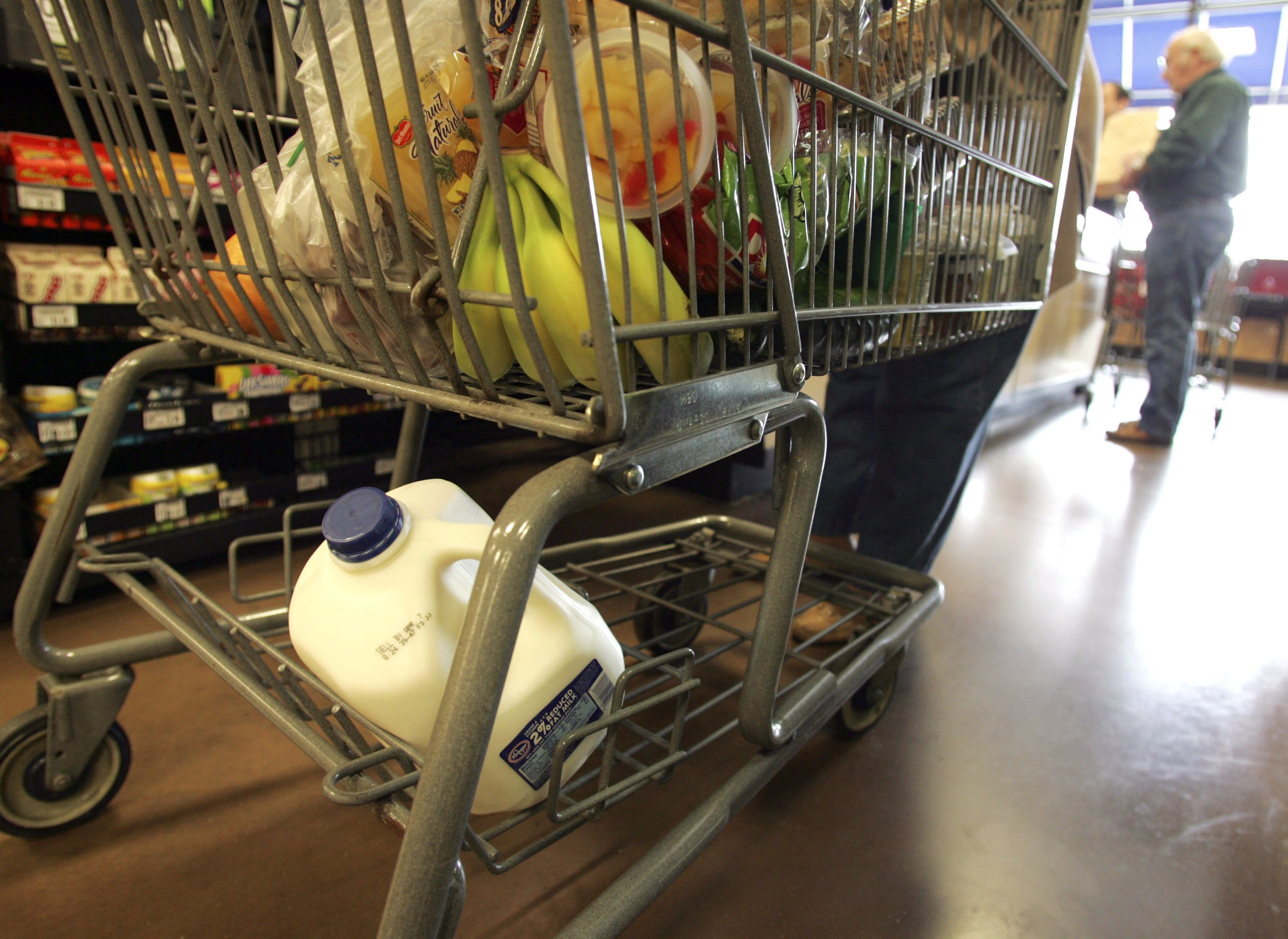For more stories, blogs and information on nutrition, fitness, health and advice on how to be healthier, visit columbian.com/livewell.
Attention dieters: If you want to maximize your chances of success, don’t go to the grocery store on an empty stomach.
So says a new JAMA Internal Medicine study from two members of the Cornell University Food and Brand Lab, where researchers investigate “the psychology behind what people eat and how often they eat it.”
The study authors — Brian Wansink and Aner Tal — asked 68 study subjects to fast for five hours, before reporting to the lab for the experiment. The subjects were asked to do their grocery shopping in a simulated online store. The e-market offered low-calorie items such as produce and lean chicken as well as high-calorie candy and salty snacks. Each junk food item was displayed along with a more healthful alternative. (One difference between the simulated store and a real store: No prices were displayed.)
Half of the study subjects were offered Wheat Thin crackers to snack on before they logged into the store. These shoppers wound up putting about eight low-calorie items into their shopping carts, on average: 2.44 snacks, 1.56 dairy items, 2.81 grocery items and 0.95 meats. They also made about four high-calorie selections, on average.
The rest of the study subjects did their grocery shopping with rumbling tummies. These shoppers also selected about eight low-calorie items, on average: 2.84 snacks, 1.40 dairy items, 2.80 grocery items and 1.20 meats. But these shoppers also put an average of about six high-calorie foods into their shopping carts.
Would that difference hold up in real life?
To find out, the Cornell researchers tracked purchases of 82 shoppers in a grocery store. Those who went shopping in the after-lunch time slot between 1 p.m. and 4 p.m. bought an average of 11.2 low-calorie items and 2.69 high-calorie items, for a ratio of nearly 4 to 1.
In contrast, people who went shopping in the pre-dinner time slot between 4 p.m. and 7 p.m. — when they were more likely to be hungry — put an average of 8.21 low-calorie items in their baskets, along with 3.81 high-calorie items, for a ratio of nearly 2.5-to-1.
The results suggest that people should avoid making decisions about food when they’re hungry, the researchers concluded. “Even short-term fasts can lead people to make more unhealthy food choices,” they wrote.
Previous research had led Wansink and Tal to suspect that hungry shoppers would make different food choices from those of their counterparts who were not hungry.
For instance, hungry people who are presented with high-calorie foods respond with more activity in the reward centers of their brains than do people with satisfied stomachs.
But they didn’t know whether perusing grocery offerings on an empty stomach would prompt shoppers to simply pile more items into their carts or to shift their preferences in favor of high-calorie foods.
In an editor’s note, Dr. Rita Redberg notes that “all diet guides include the advice to ‘never go grocery shopping when you are hungry.'” Now that “common-sense advice” has scientific support, she wrote.



